Let's discover the curious TasteAtlas ranking of the 10 worst dishes in the world. We don't want to spoil anything, so please continue reading
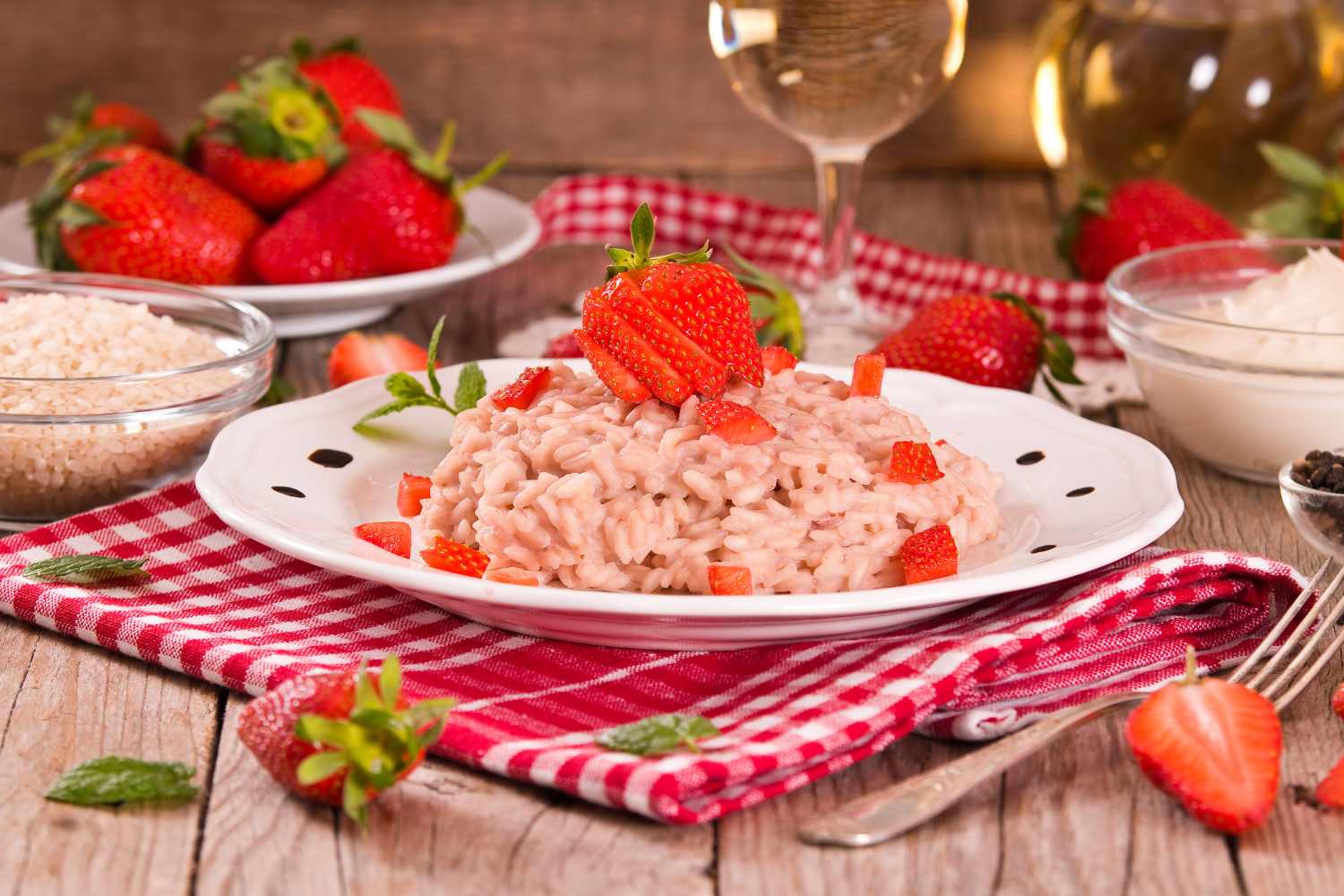
@Taste Atlas
We’re back talking about food rankings, again courtesy of our good friends at TasteAtlas. But be prepared and cast aside gourmet delicacies, mouth-watering dishes, or at least IG-worthy food porn. The 100 worst dishes in the world require courage, a strong stomach, and a serious willingness to take risks.
Ready to meet the top 10? Here we go!
Blodplättar, Sweden
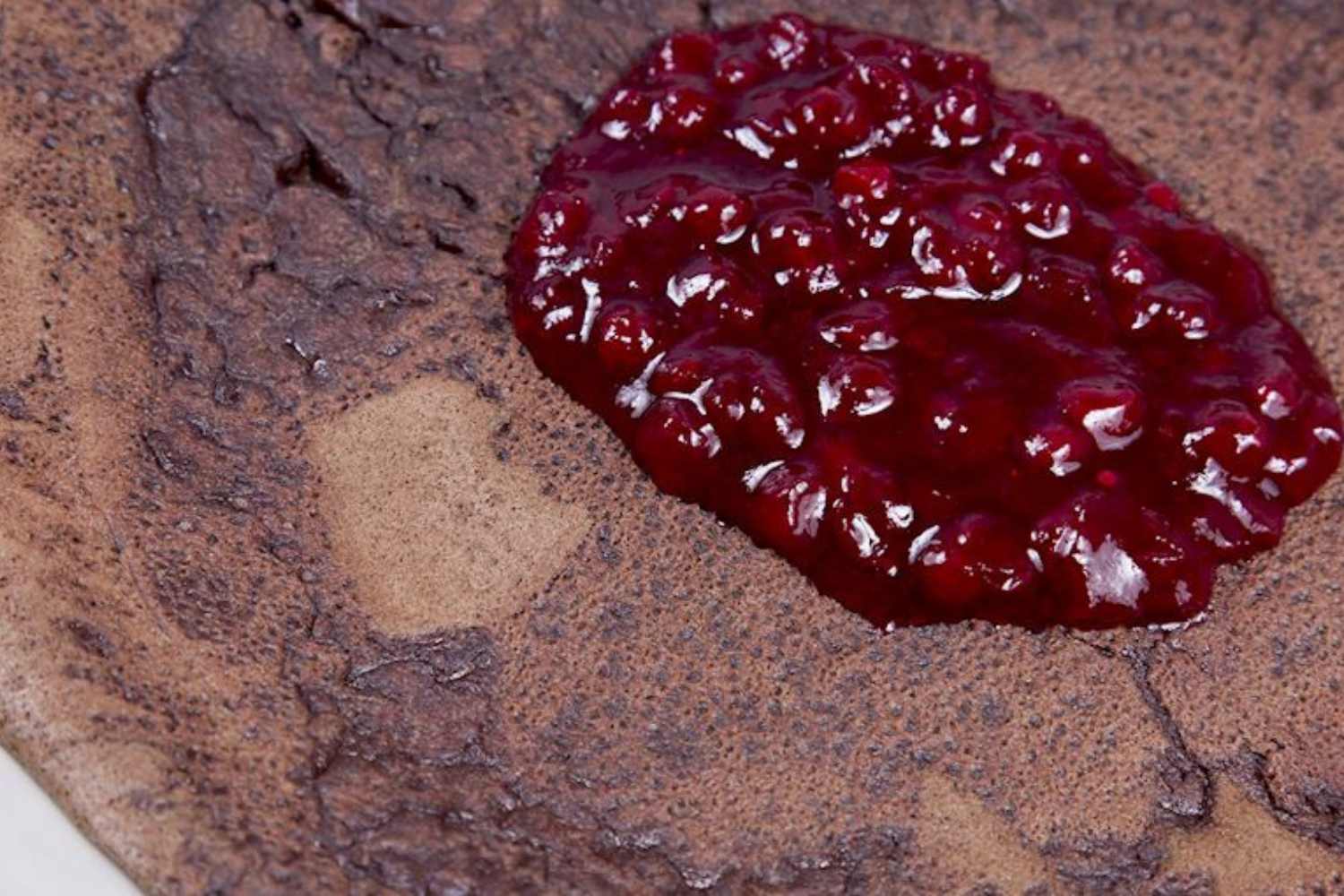
@Taste Atlas
First, a very special dish: blood pancakes from Sweden, consumed in Norway and Finland. These pancakes are made just like any other pancakes but with one extra ingredient: animal blood gives it the brownish-red color. Spices, onions, and lingonberry jam complete this bold culinary experience.
Blodpalt, Finland
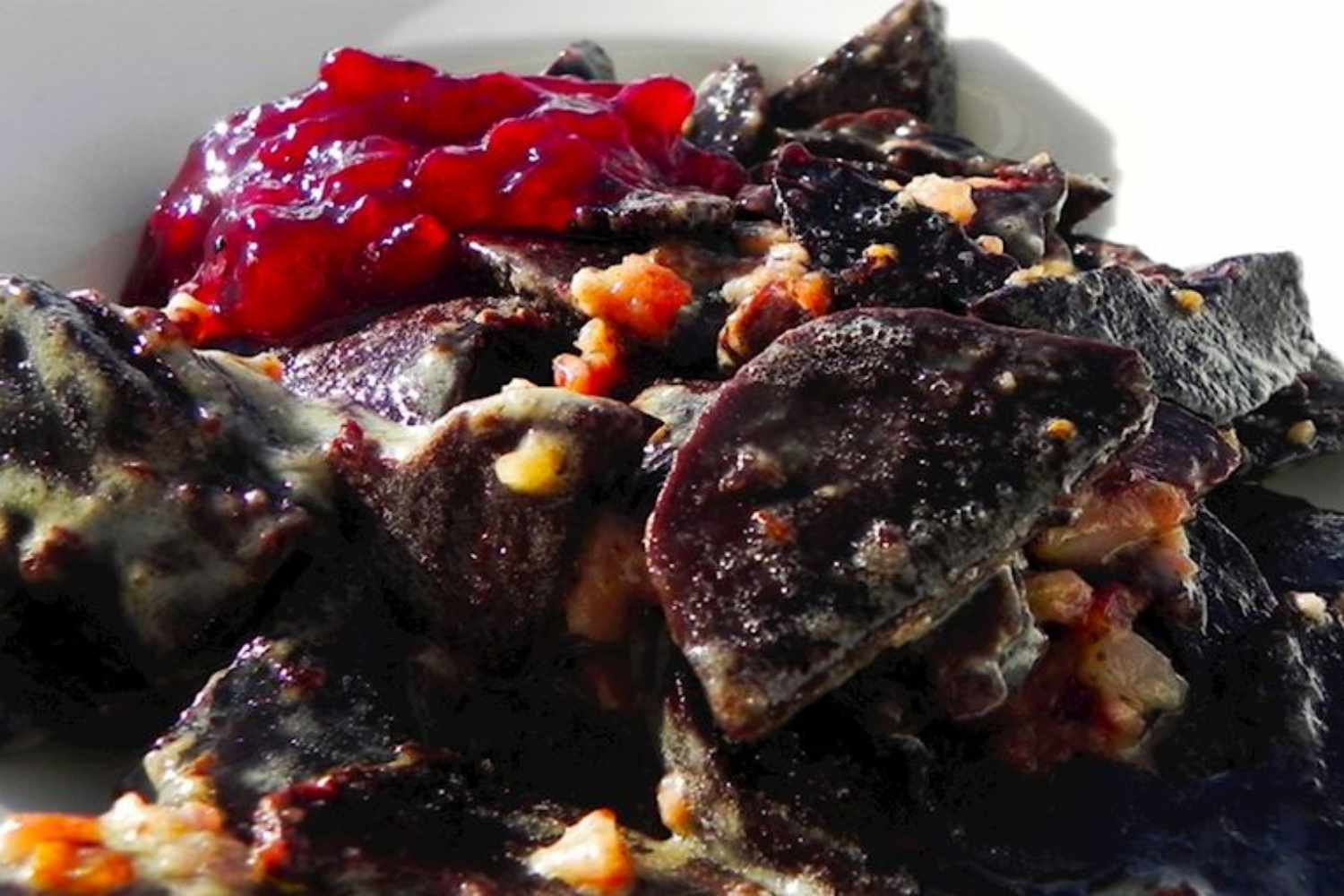
@Taste Atlas
The other delicacy comes from Nordic countries and takes the second place. These dark brown dumplings are made from rye or barley flour and of course animal blood – traditionally reindeer blood was used today other sources are common. Served with spices, mash potatoes, fried bacon, butter and lingonberry jam, they can also be stuffed with onions and bacon prior to being cooked in a meat broth.
Ncalskrove, Sweden
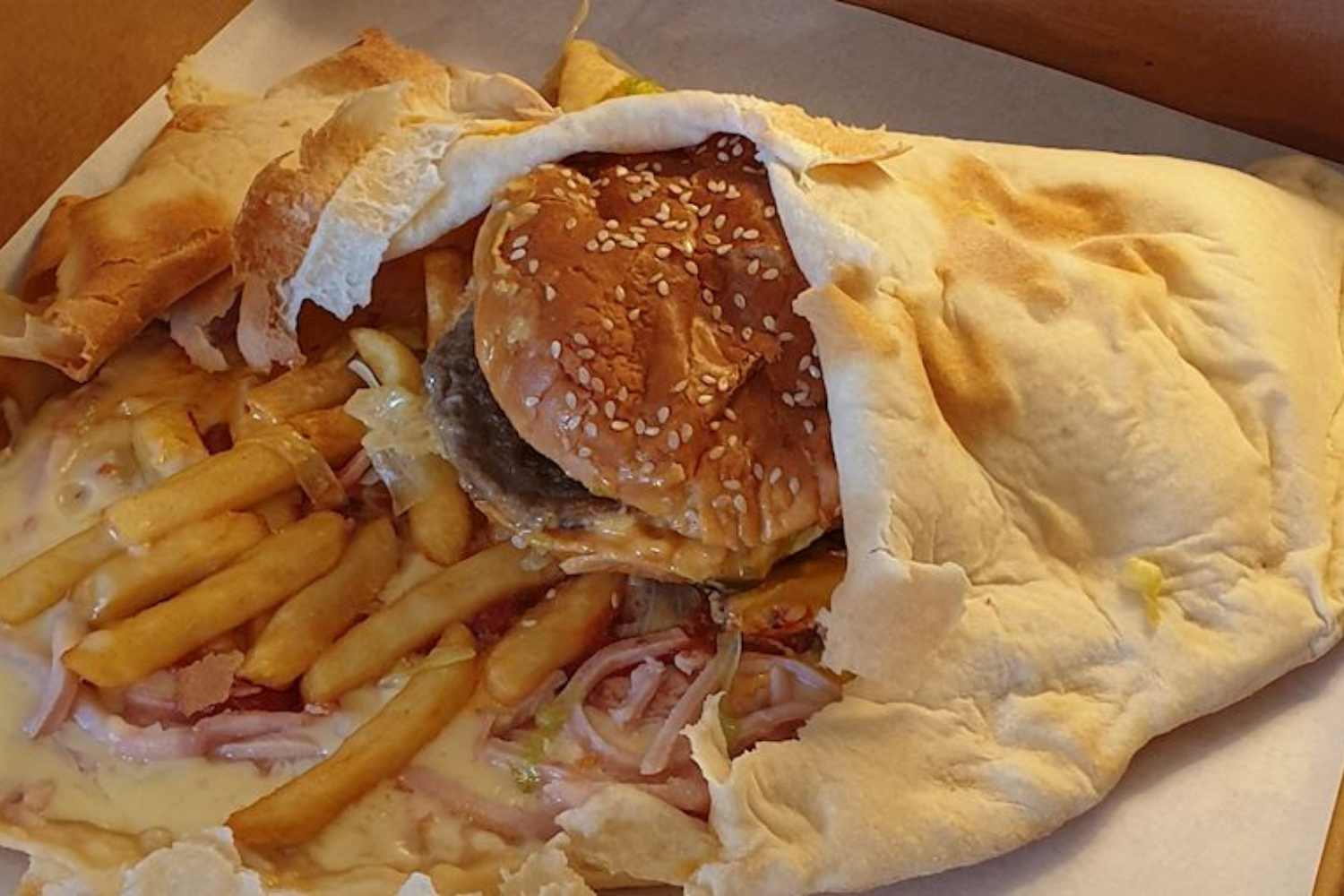
@Taste Atlas
Rounding out the top three is a Swedish fast-food invention, courtesy of the restaurant Tre Konor in Skellefteå. Less shocking than the first two entries, this dish is a combination of a calzone and a hamburger—essentially, a pizza pocket stuffed with a beef patty, onions, sauces, and French fries. A “light” and “easily digestible” meal, indeed.
Svið, Iceland
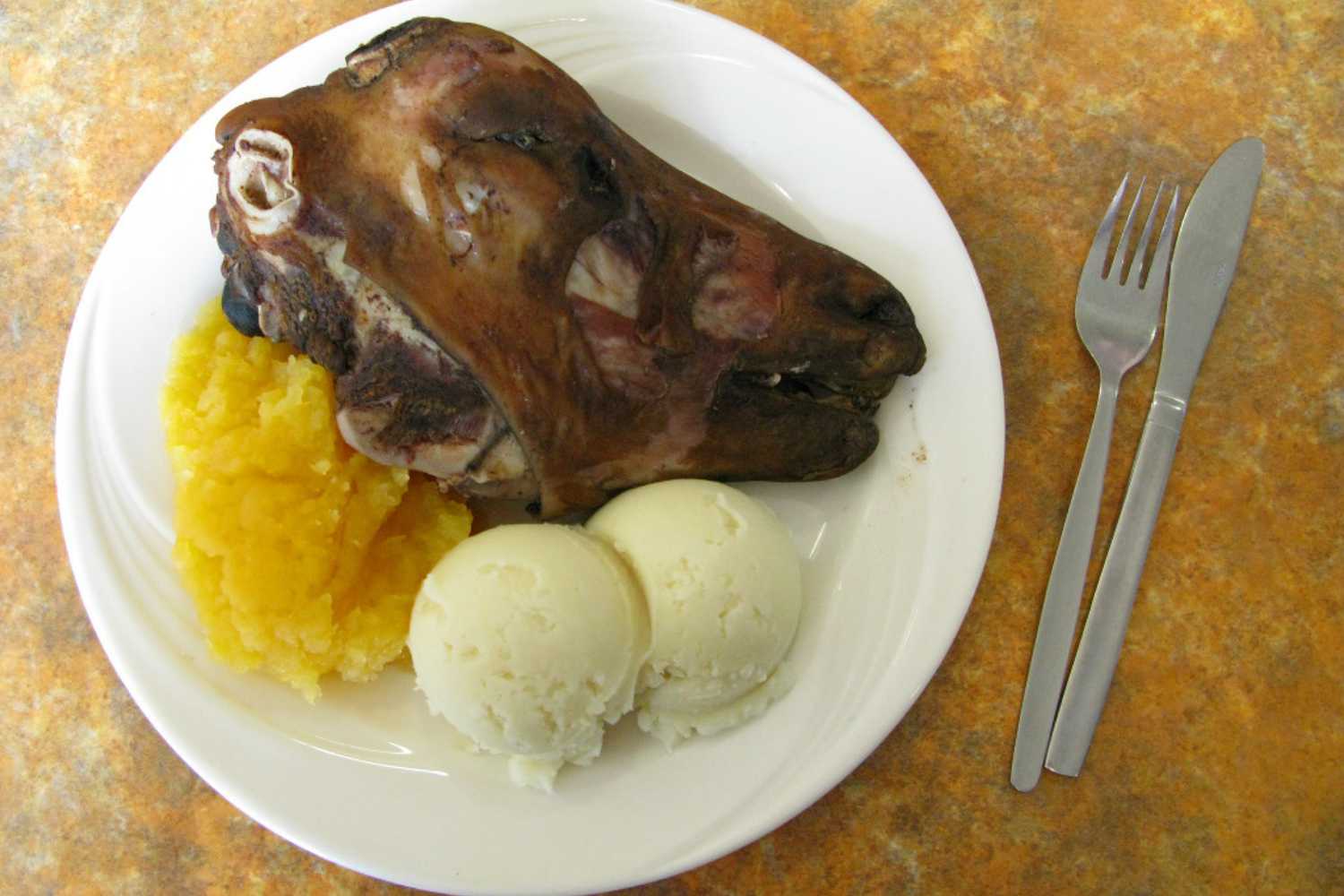
@Taste Atlas
Coming in fourth is yet another Nordic specialty: a split sheep’s head, grilled to perfection. Typically served with rutabaga, rhubarb jelly, and mashed potatoes, this dish is a traditional highlight of Thorrablot (\u00deorrablót), Iceland’s midwinter festival.
Hon mhai, Thailand
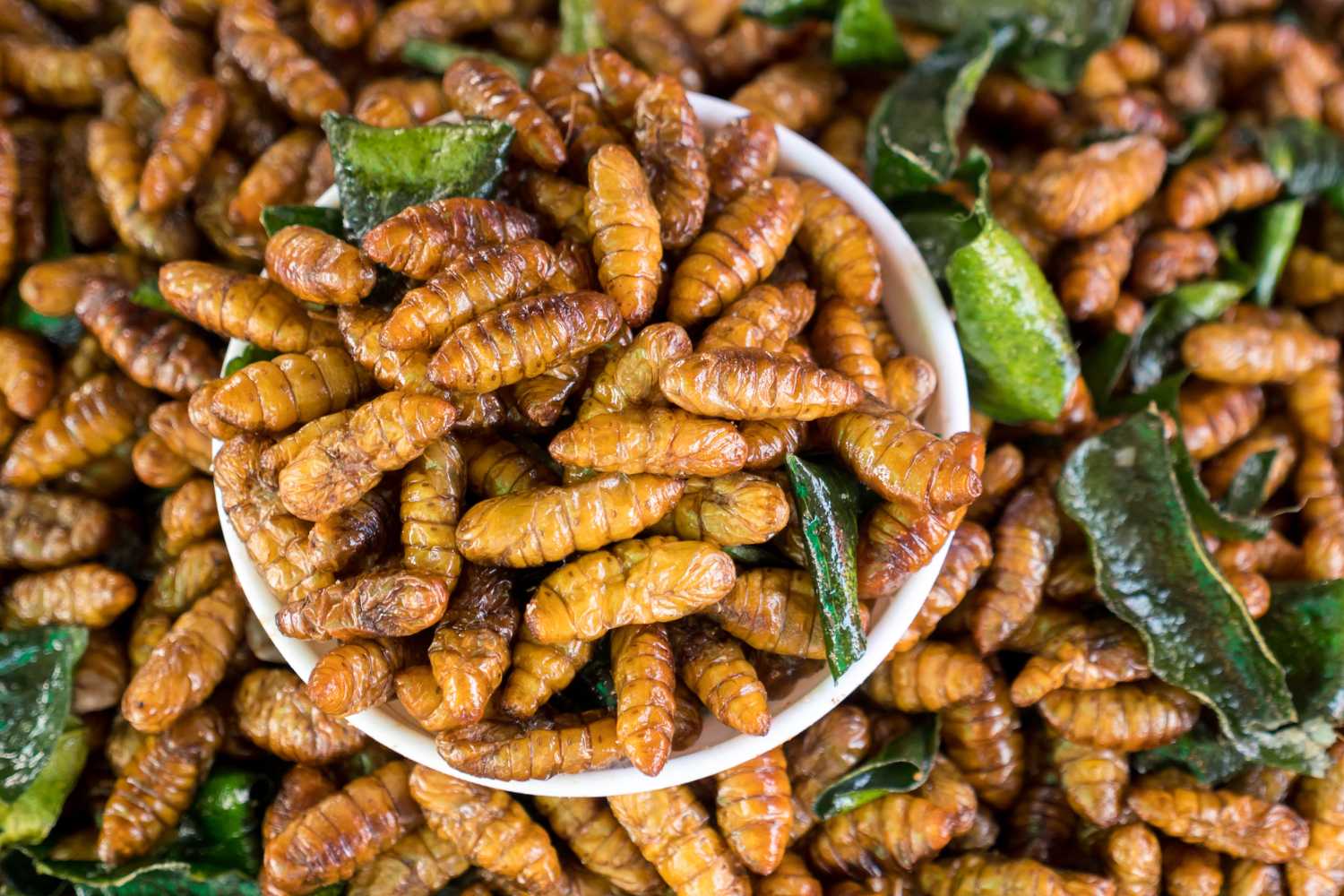
@Taste Atlas
In fifth place, we leave Europe for Thailand and one of the richest gastronomic traditions. The stars are insects: fried silkworm pupae seasoned with salt, pepper, and a secret sauce that each vendor makes up, crispy and slightly bitter street-food bites, a staple of Bangkok’s markets.
Chapalele, Chile
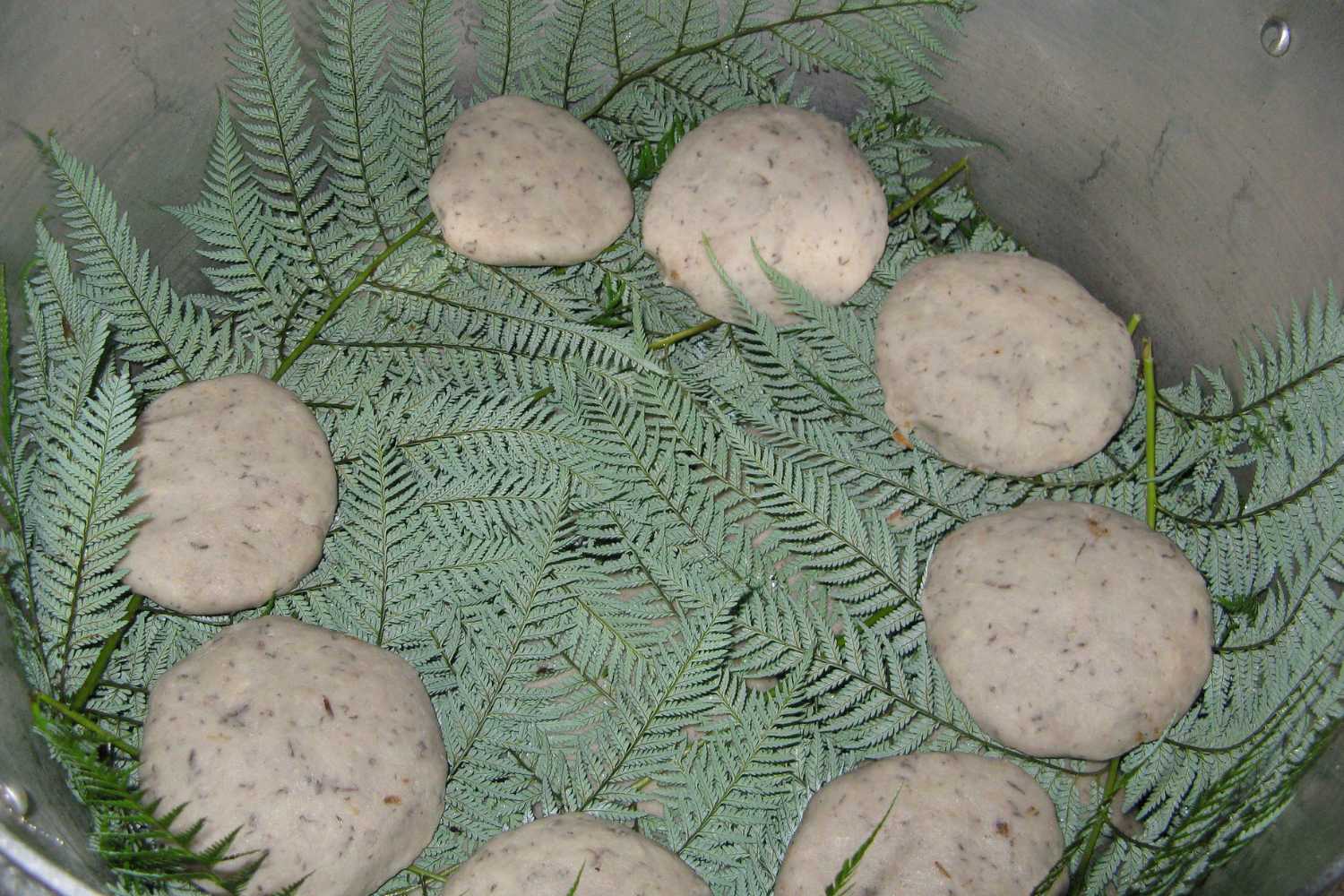
@Taste Atlas
At number six is a specialty from South America: a potato-based bread originating from Chile’s Chiloé Island. The most striking thing about it, however, is the way it is prepared: buried in the ground inside a curanto, or traditional pit oven. Chapalele can be consumed solo as a snack, or with stews and meat.
Jellied eels, England
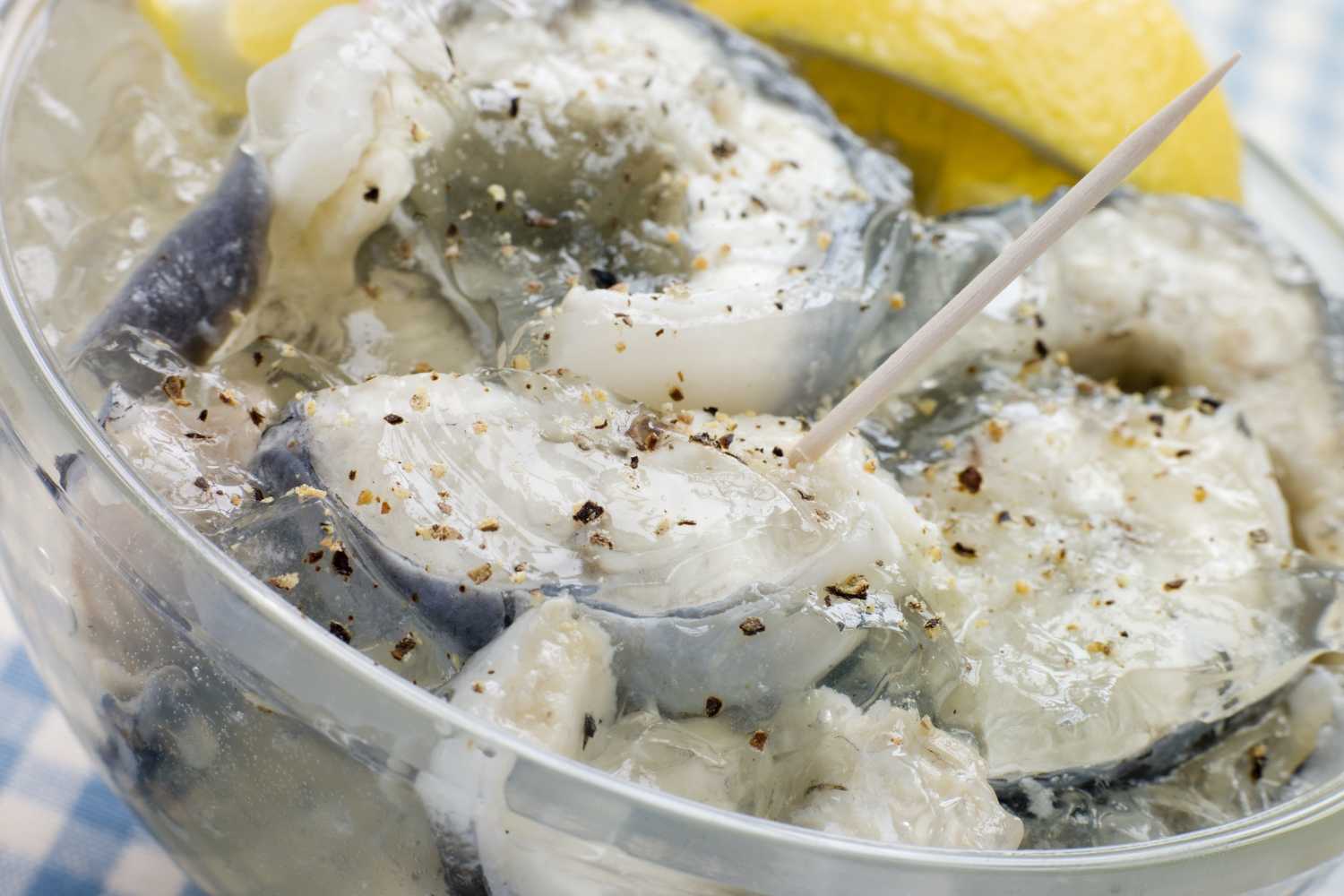
@Taste Atlas
Back to Europe for seventh place, where this classic English dish dating back to the 18th century. Jellied eels are made by cutting eels into pieces, boiling them with herbs, and allowing them to cool until a natural gelatin forms. With a delicate flavor, they are traditionally served with white pepper and vinegar.
Ramen burger, U.S.A.
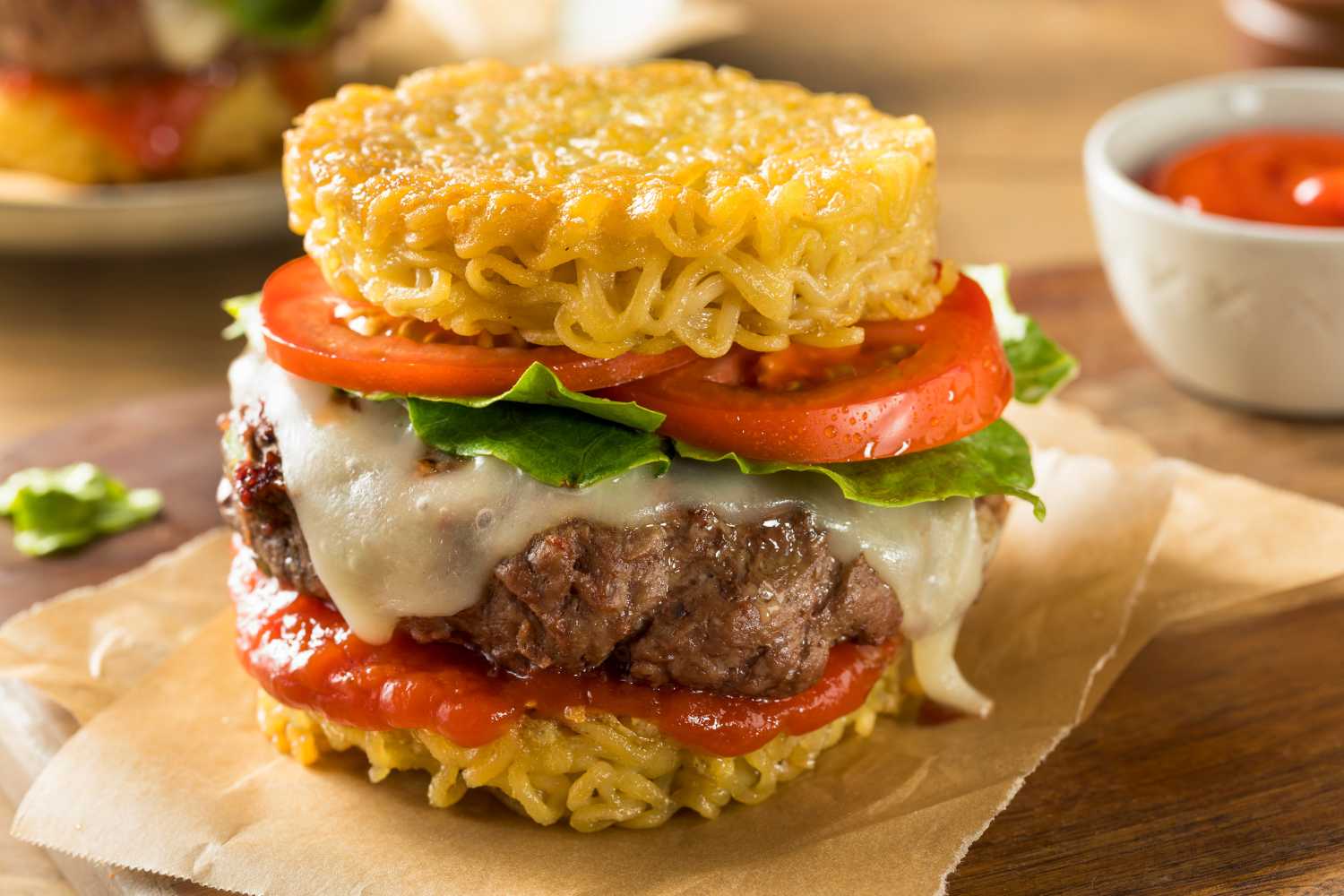
@Taste Atlas
Coming in at number eight is the United States, with a fusion dish that’s uniquely American and Japanese. The name says it all, it’s a hamburger, but the bun is comprised of fried ramen noodle patties. Topped with shoyu sauce, arugula, and onion, the ramen burger was invented by food blogger Keizo Shimamoto and first appeared in Brooklyn in 2013.
Kaeng tai pla, Thailand
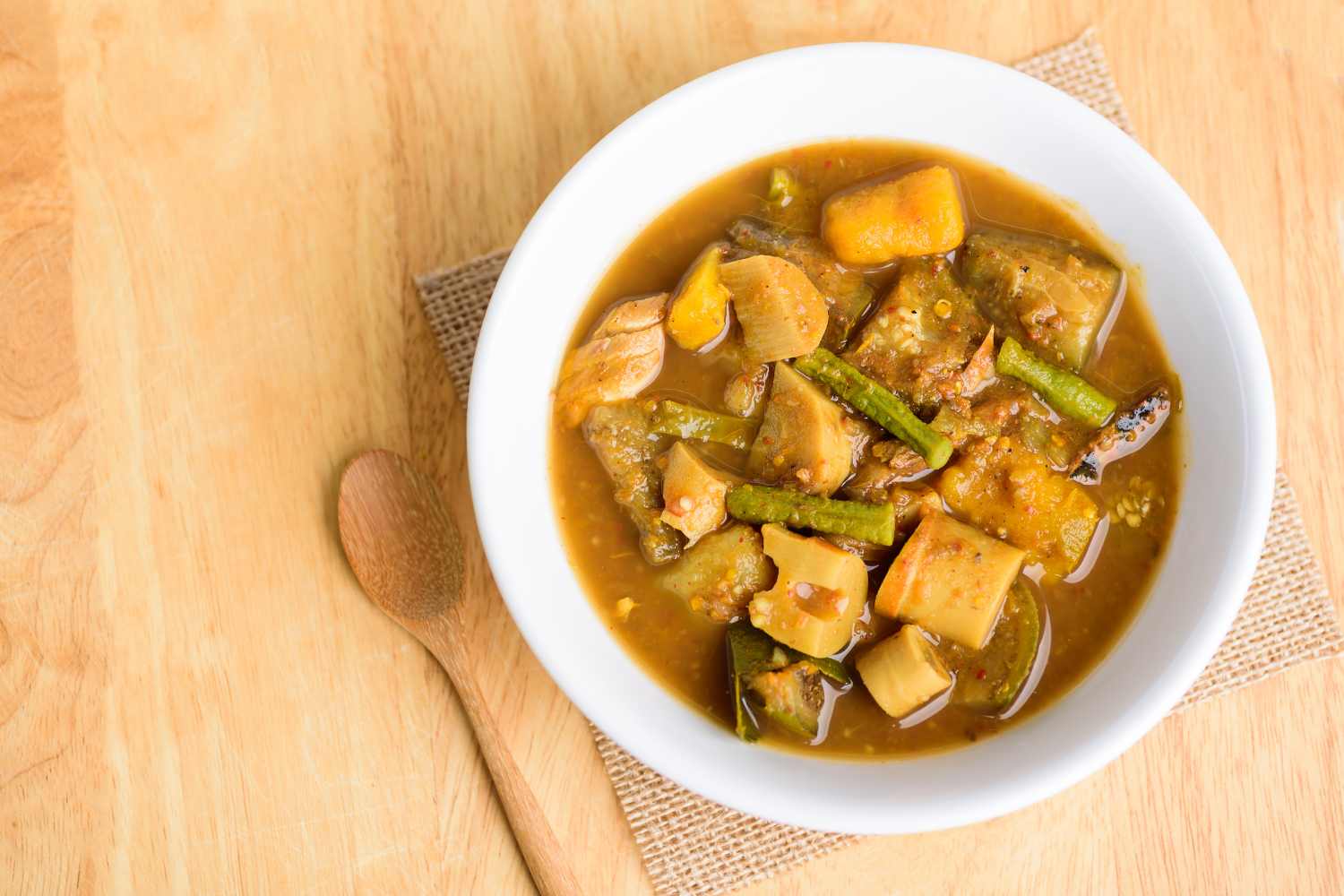
@Taste Atlas
Another Thai dish is the ninth ranking of a fish curry. The name kaeng tai pla, it originated from southern Thailand and made from fermented fish innards along with a spicy curry manufactured with ingredients such as chili peppers, galangal, shrimp paste, turmeric, shallots, and lemongrass. It is always served with steamed rice and is usually accompanied with dried fish, eggplants, bamboo shoots, green beans amongst others.
Aginares salata, Greece
A classic Cretan artichoke salad rounds out the top ten. The ingredients are artichokes, olive oil, lemon, mustard, garlic, dill, salt, and pepper. The artichokes are boiled in water with lemon juice, then allowed to cool before being dressed with the flavorful mixture.
The ranking is based on more than 600,000 reviews submitted by travelers from all over the world. You can see the full list here.
